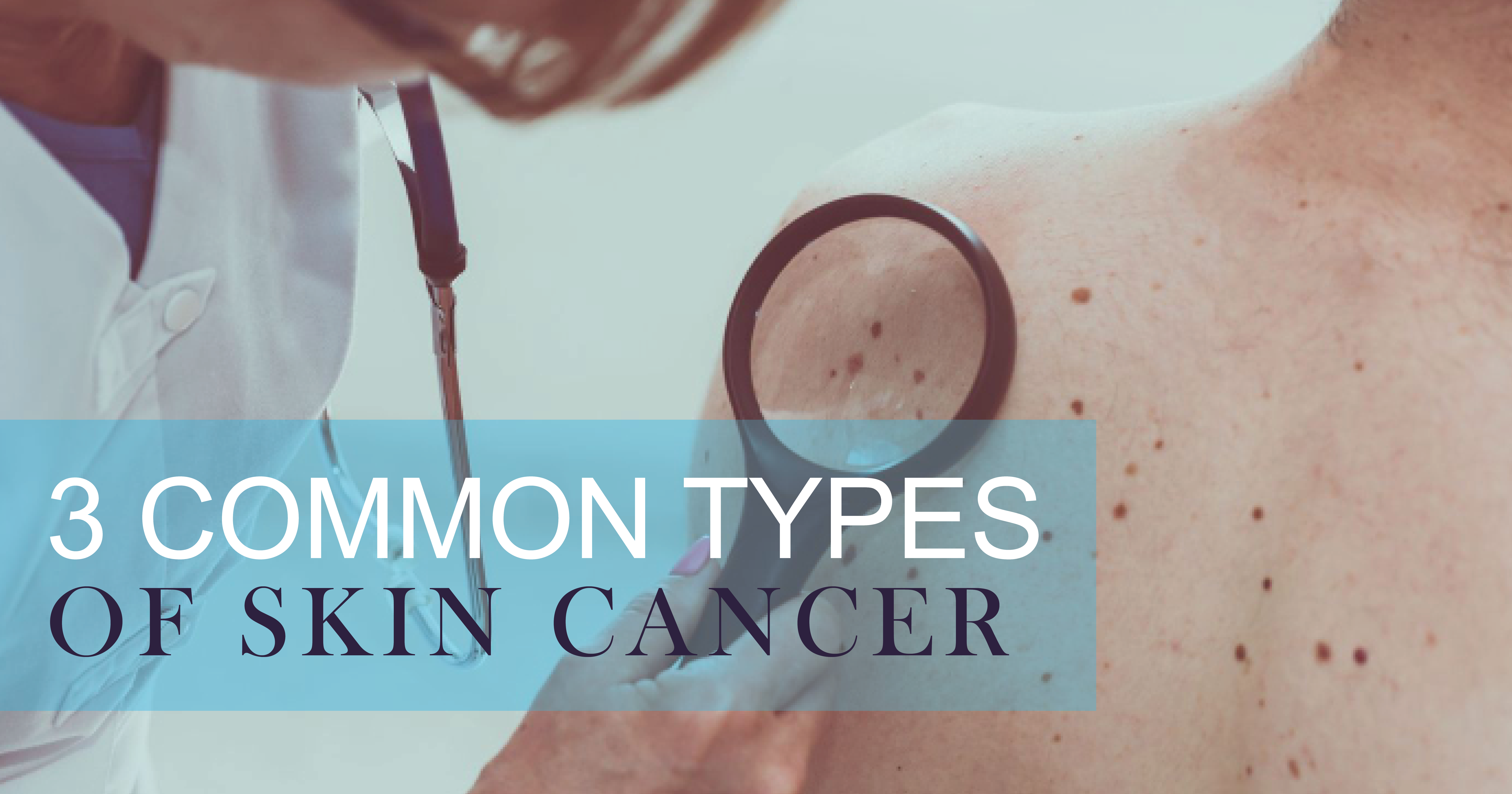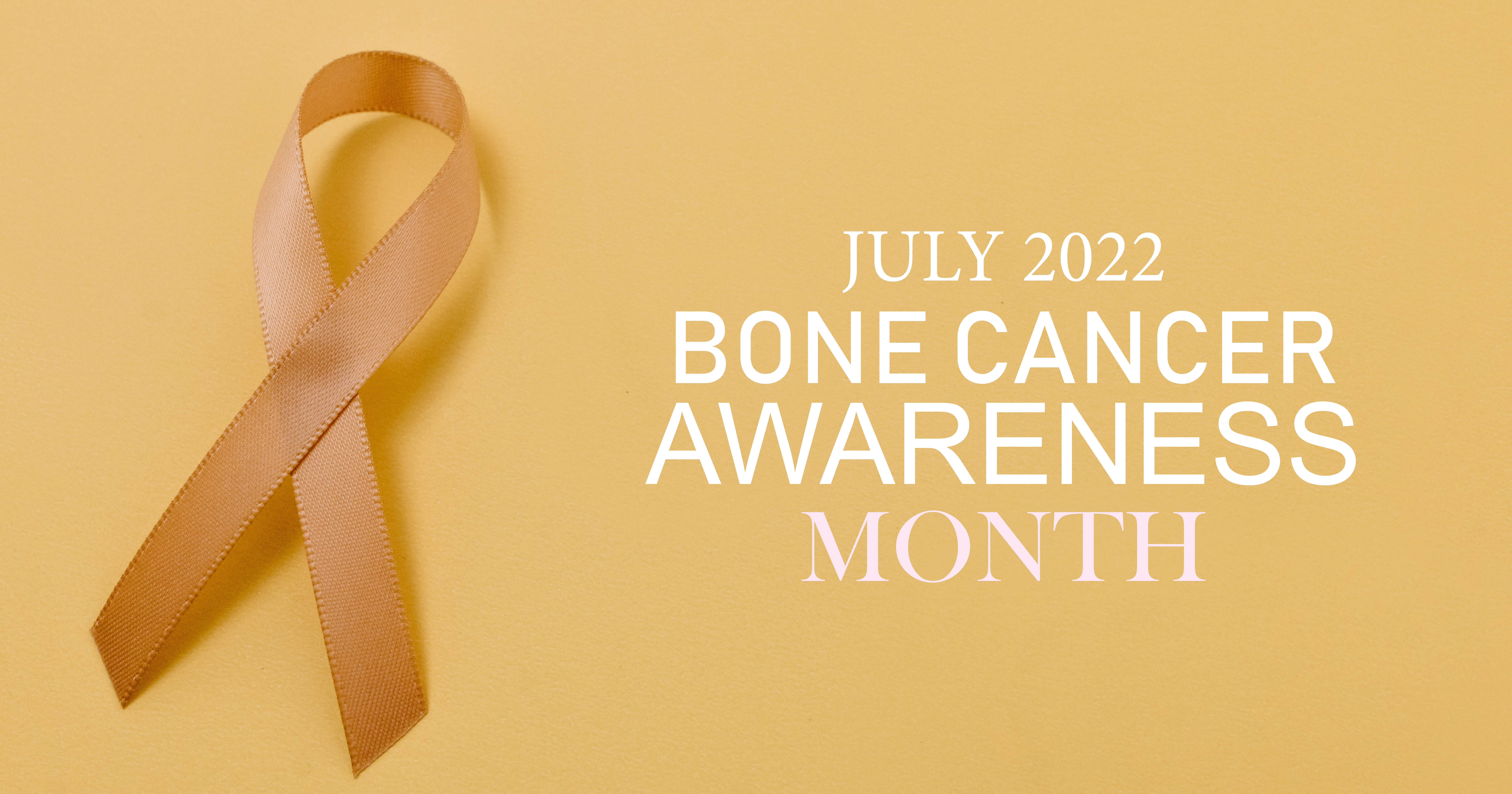
Gynecological cancers encompass all cancers in the female reproductive system. All women are at risk of developing these cancers, which increase with age and can vary depending on the cancer type.
According to the Foundation of Women’s Cancer, ovarian cancer is the seventh most common cancer type among women worldwide.
Ovarian cancer is composed of three major categories: epithelial ovarian cancer, germ cell cancer, and stromal cell cancer.
Understanding the 3 Categories of Ovarian Cancer
Epithelial Ovarian Cancers
Epithelial ovarian cancers are the most common of ovarian cancers, accounting for 85% to 89%. They rank fourth in cancer deaths among women in the U.S. and cause more deaths than any other cancer of the female reproductive system.
Epithelial ovarian cancers form in the surface cells of the ovary, or from the fallopian tube surface cells. They can be a part of a hereditary syndrome such as those with BRCA1 and/or BRCA2 gene mutations. Fallopian tube and primary peritoneal cancers are also epithelial cancers and have some of the same behaviors, risks and treatment approaches.
Germ Cell Cancers
Germ cell cancers account for nearly 5% of ovarian cancers, making it one of the less common forms of ovarian cancer than epithelial cancer.
Germ cell cancers start in the cells that develop into follicles or eggs in the ovaries. Typically, this cancer appears in adolescents and young women and often affects only one ovary.
Stromal Cell Cancers
Stromal cell cancers are another rare ovarian cancer. They start in the cells that produce female hormones and hold the ovarian tissues together. Similarly, there are several types of stromal cell cancers and presentation and treatment can vary.
Symptoms of ovarian cancer can include:
These symptoms include:
• Bloating
• Pelvic or abdominal pain
• Difficulty eating or feeling full quickly
• Urinary symptoms (urgency or frequency)
While these may be common symptoms many women
without cancer may have occasionally, patients with ovarian
cancer report that symptoms are persistent and often
progressive, and represent a change from normal for
their bodies.
EXPERT CARE
No two situations are the same. That’s why our caring team of experts are here to provide you with a custom-tailored treatment plan that is unique to your diagnosis, tumor size, location and involvement. Click on the button below to learn more.





